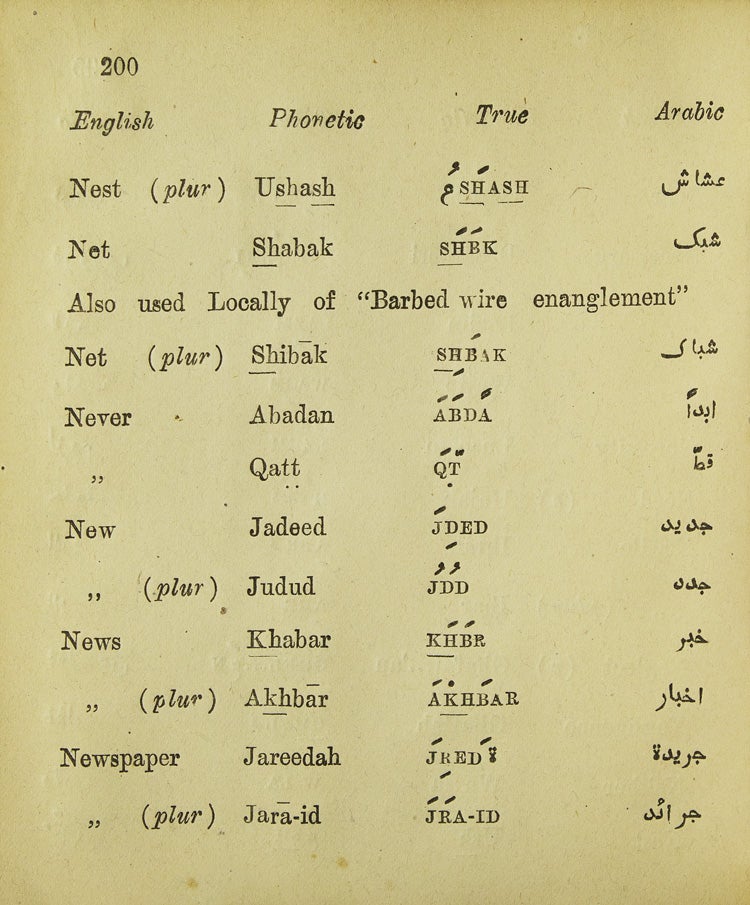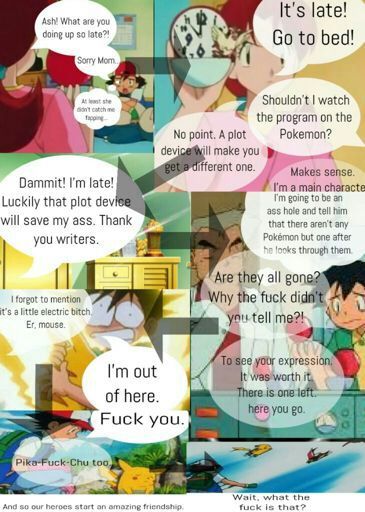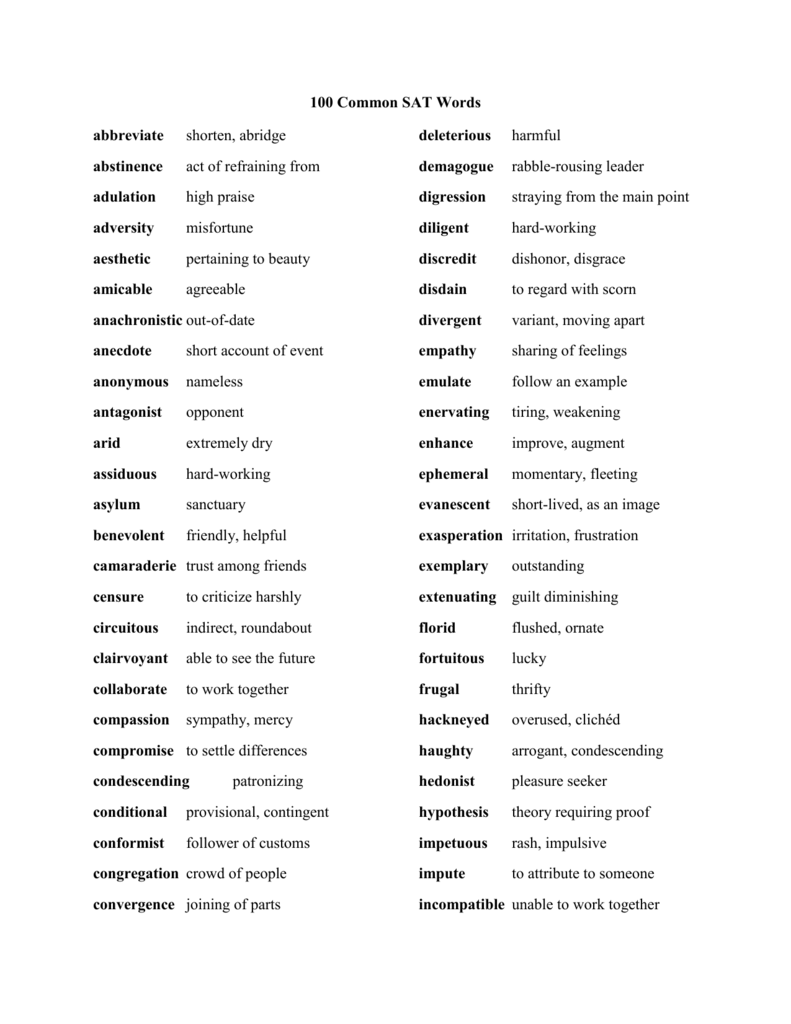

In Example 3a, the writer uses the conjunction "and" with a comma and in 3b, a semicolon. Unlike most oil, is high in antioxidant substances. Using this authentic batch-style method, ourĬhips are cooked in expeller-expressed oil this oil,

Oil, unlike most oil, is high in antioxidantģb. Using this authentic batch-style method, ourĬhips are cooked in expeller-expressed oil, and this Joining sentences 1 and 2 together using the strategies outlined above, produces two possible options:ģa. This oil, unlike most oil, is high in antioxidant substances. Using this authentic batch-style method, our chips are cooked in expeller-expressed oil. Suppose you want to join the following sentences:

#ABRIDGE IN A SENTENCE HOW TO#
How to join dependent and independent clauses Other subordinating conjunctions include: although, because, before, how, if, since, though, where, whether, and while. "When" is one of several signal words called a subordinating conjunction. The word "When" is also another indicator that you are looking at a phrase. It has a subject ("it") and a verb ("rains"), but it does not express a complete thought. For example, the phrase "When it rains in Seattle," is a dependent clause. Signal words often appear before phrases and, once you're in the habit of looking for them, can alert you to a dependent clause. When joined together, as in "As soon as you get here, we will go out together," the phrase and clause create a sentence comprising an independent and dependent clause.Īnother way to recognize dependent and independent clauses is to look for signal words. On the other hand, "we will go out together" is an independent clause with a subject and verb, and it can stand on its own as a sentence. Independent it can't stand alone as a sentence. Together with other clauses in compound or complex sentences.įor example, "as soon as you get here" is aĬlause it has a subject (you) and a verb (get), but it doesn't express a complete thought. An independent clause is a complete sentence in itself but may appear

Includes a subject and a verb, and expresses a complete thought. On its own as a complete sentence an independent clause A dependent clause contains a subject and verb, but cannot stand In this section, we'll review dependent and independent clauses and how to punctuate sentences that include include them.Ĭlauses can be divided into two kinds: dependent and


 0 kommentar(er)
0 kommentar(er)
